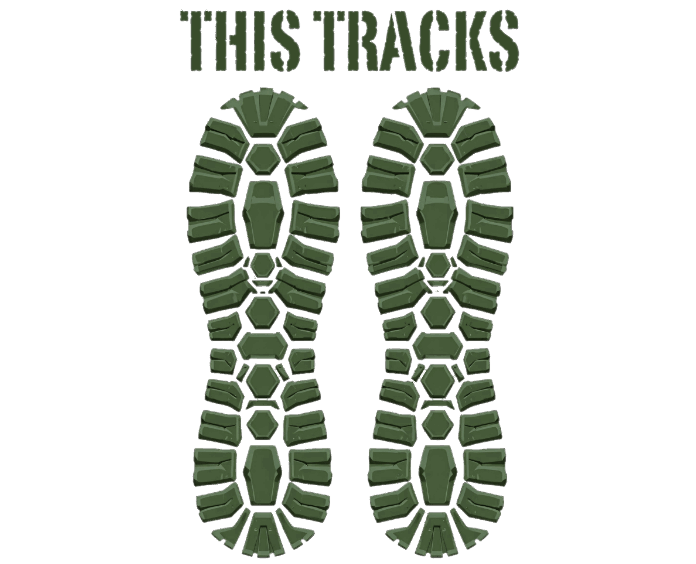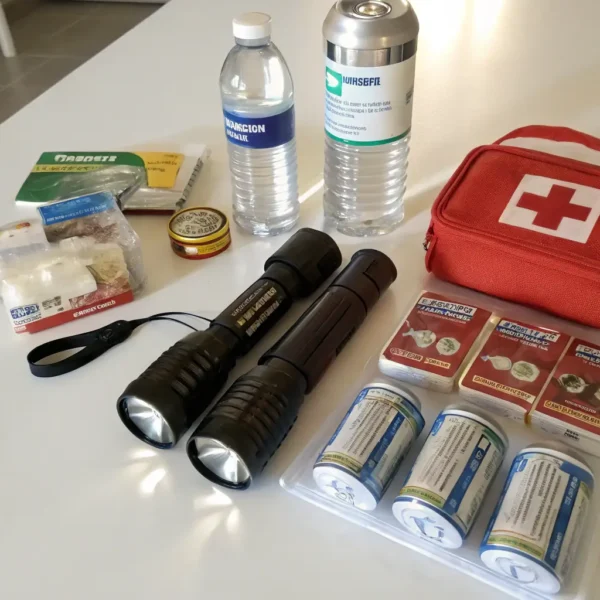Assembling your bug-out bag (also known as a go bag or 72-hour kit) requires considering various items to ensure you have the necessary resources to address potential injuries or illnesses during an emergency situation. In this article, we will discuss the key first aid gear to include in your bug-out bag and what factors to consider when selecting these essential items.
General First Aid Supplies
- First aid kit: Contains a variety of supplies for addressing common injuries such as bandages, antiseptic wipes, tweezers, scissors, and medical tape
- Personal medications: Essential prescription medications, pain relievers, and allergy or asthma inhalers (if applicable)
- Thermometer: Digital thermometer to check for fever or hypothermia
- Tick remover: Tool for safely removing ticks from skin
- CPR mask: Protective barrier during cardiopulmonary resuscitation (CPR)
Trauma Supplies
- Tourniquet: Device used to control bleeding in limbs
- Trauma dressing: Large, sterile dressing for wound coverage
- QuikClot or hemostatic gauze: Absorbs blood and promotes clotting
- Butterfly closures (steri-strips): Adhesive strips to close small wounds
Wound Care Supplies
- Antibiotic ointment: Prevents infection in wounds
- Burn gel or cream: Treats minor burns
- Aloe vera gel: Soothes and moisturizes sunburns
- Blister treatment pads: Protects and cushions blistered skin
Pain Management Supplies
- Pain relievers (e.g., acetaminophen, ibuprofen): Provides relief from headaches, muscle aches, and fever
- Topical analgesic cream: Relieves pain associated with minor burns, sprains, or bruises
- Heat packs and cold packs: Offers temporary relief for muscle strains, sprains, or swelling
Medical Equipment
- Medical gloves: Protects against potential infection during first aid administration
- Eye wash solution: Flushes chemicals or irritants from eyes
- Dental kit: Includes dental floss, toothpaste, and a small toothbrush
- Multipurpose tool (e.g., Swiss Army knife): Contains a blade, scissors, tweezers, and can be used for various first aid tasks
Tips for First Aid Gear Selection
- Opt for individually packaged supplies to prevent cross-contamination in the event of an emergency.
- Choose items with expiration dates and replace them as needed.
- Include a first aid guide or manual that provides step-by-step instructions for common injuries or illnesses.
- If possible, take a first aid course or attend a workshop to learn proper techniques and best practices in administering first aid during an emergency situation.
By including these essential first aid items in your bug-out bag, you’ll be well-prepared to address various medical situations during an emergency, ensuring the safety and well-being of yourself and others.

